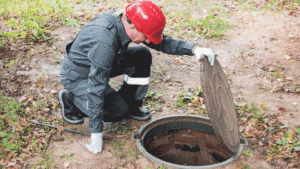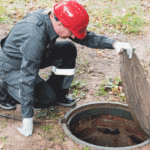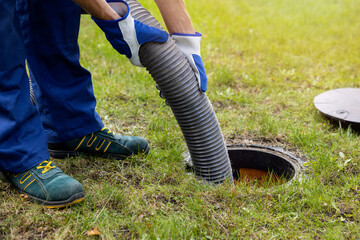
If you’re a homeowner with a septic system, it’s crucial to understand the importance of regular septic tank pumping. This comprehensive guide will walk you through the basics of septic tanks, signs that your tank needs pumping, the pumping process, and essential considerations for maintaining a healthy septic system.
Signs Your Septic Tank Needs Pumping
Regular septic tank pumping is essential to keep your system functioning correctly. Be vigilant for these common signs that indicate your septic tank may need pumping:
- Slow drains throughout your home
- Unpleasant sewage odors inside or outside
- Standing water or wet spots in your yard
- Unusually lush, green grass over the drain field area
- Gurgling sounds in the plumbing system
- Backup of sewage in toilets, sinks, or drains

The Septic Tank Pumping Process
The septic tank pumping process involves several important steps:
- Tank Preparation: The area around the tank is cleared, and the access port is exposed.
- Access Port Location: The septic tank technician locates the access port, which may be buried or hidden.
- Tank Inspection: The technician inspects the tank’s condition and checks for any visible issues.
- Pumping: A powerful vacuum hose is inserted into the tank to remove its contents thoroughly.
- Final Inspection: After pumping, the technician performs a final inspection to ensure the tank is empty and in good condition.
- Refilling: The tank is partially refilled with water to maintain proper balance and functionality.
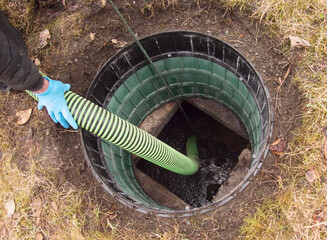 Septic Tank Pumping Frequency and Cost
Septic Tank Pumping Frequency and Cost
The frequency of septic tank pumping depends on several factors, including the size of the tank, the number of people in the household, and the amount of waste generated. As a general rule, tanks should be pumped every 3-5 years. However, larger households or those with high water usage may require more frequent pumping.
The cost of pumping can vary depending on the size of the tank, the location of the property, and local market rates. On average, homeowners can expect to pay between $250 and $500 for a standard septic tank pumping service. Regular maintenance can help prevent costly repairs or system failures in the long run.
DIY Septic Tank Pumping vs. Professional Services
While it may be tempting to save money by pumping your septic tank yourself, there are several compelling reasons why hiring a professional service is a better option:
- Professionals have the necessary equipment and expertise to ensure the job is done correctly and safely.
- They can identify potential issues with the system that may not be apparent to untrained eyes.
- Professional services are equipped to handle and dispose of waste properly, in compliance with local regulations.
- They can provide valuable advice on maintaining your septic system and preventing future issues.
Environmental Considerations and Regulations
Septic tank pumping has significant environmental implications, as improper disposal of waste can contaminate groundwater and surface water. Homeowners should be aware of local regulations regarding septic tank pumping and ensure they are following best practices to protect the environment.
Many areas have specific requirements for septic system maintenance and pumping frequency. Check with your local health department or environmental agency to understand the regulations in your area and ensure compliance.
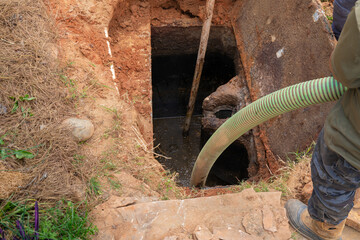
Maintaining Your Septic System
In addition to regular pumping, there are several steps you can take to maintain a healthy septic system:
- Conserve water to avoid overloading the system
- Avoid flushing non-biodegradable items or harsh chemicals
- Use septic-safe products for cleaning and laundry
- Keep trees and shrubs away from the drain field
- Direct rainwater and runoff away from the septic area
- Schedule regular inspections with a professional



